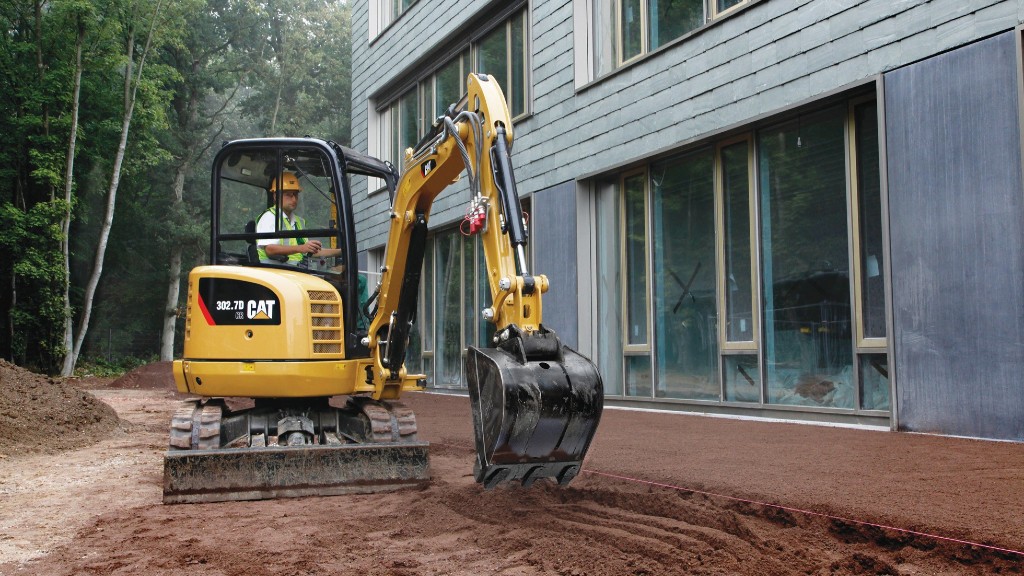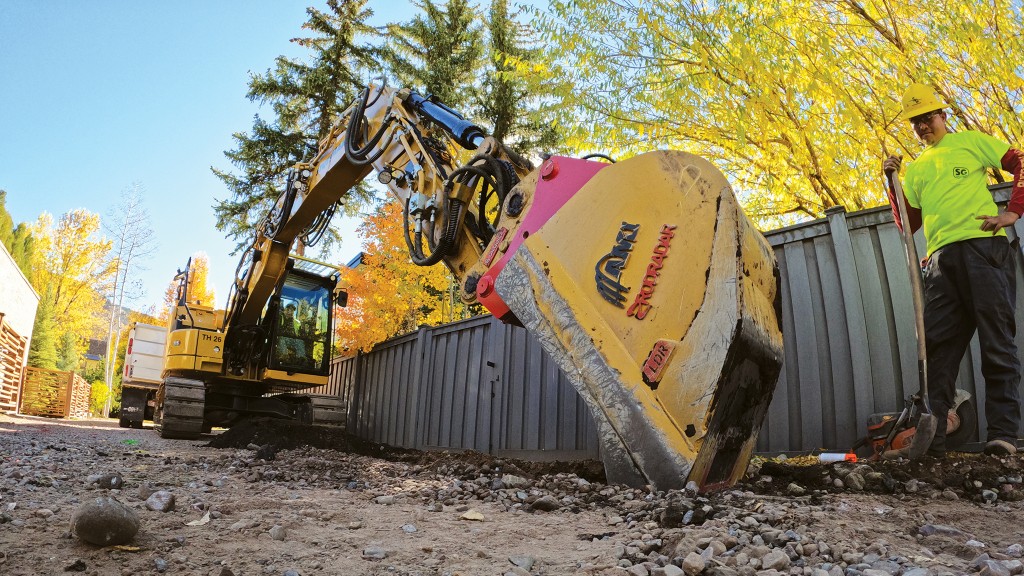
The Common Ground Alliance (CGA) has released the findings from its 2022 Damage Information Reporting Tool (DIRT) report, which revealed concerning increases across key damage indicators.
The report found that damages to underground utilities, which pose severe risks to public safety and interrupt commerce, have trended upward over the last three years. Excavation activity continues to increase as states work to improve infrastructure, along with a significant influx of funding from the Infrastructure Investment and Jobs Act. Three-year modelling from 2020 to 2022 reveals that damages per construction spending rose 12.35 percent and damages per 1,000 transmissions rose 9.34 percent between 2021 and 2022. A regression analysis of consistent 2020 to 2022 data which considered additional variables including weather, population, and infrastructure density further confirms that damages were at best flat and likely increasing.
The annual DIRT Report provides a comprehensive accounting and analysis of damages to buried infrastructure in the U.S. and Canada to help stakeholders understand the current damage landscape and the factors contributing to underground facility damages. As excavation activity continues to increase, the report underscores the importance of addressing the ongoing causes of damage to vital facilities to drive these damage numbers down.
The report analyzed all 2022 data submitted voluntarily to DIRT by facility operators, utility locating companies, 811 centres, contractors, regulators, and others from the U.S. and Canada and contextualized the data as part of a three-year trend analysis (2020 to 2022). Reflecting on excavation/construction stakeholders' increased engagement with damage prevention, that key group was the largest source of damage reports for the first time in 2022.
The analysis of 2022 data indicates that a few persistent challenges are responsible for nearly 76 percent of damages that occur, including no notification to the 811 centre; failure to pothole and/or maintain sufficient clearance; facilities not marked or marked inaccurately due to locator error; and other improper excavation practices. No-notification damages make up more than 25 percent of all damages, with 77 percent of no-notification damages attributed to professional excavators. Focusing industry efforts and outreach on these top challenges is key to making measurable progress in reducing damage and near-miss incidents.
The Report urges stakeholders to commit to working within organizations and across stakeholder groups to generate new solutions to the persistent, systemic issues causing the majority of damages. Recommendations provided to address specific root cause groups included:
- No-notification root cause: Focus excavator outreach on behavioural change – namely consistent and effective use of 811 – and help restore excavator confidence in the system through improved locating processes.
- Excavation root causes: Prioritize tolerance zone safety, address contracts to provide adequate compensation for potholing, and provide excavators with access to map visualizations.
- Locator error root causes: Enhance facility maps to GIS-grade, address contract structures to emphasize timeliness and accuracy, and increase efficiency through effective use of the 811 system.
The report also provides recommendations to enhance reporting and analysis of damages to better understand and address trends, including the implementation of standardized data collection fields and the creation of damage prevention indices to gauge progress over time. Stakeholders are also encouraged to participate in the Damage Prevention Institute's (DPI) accreditation and peer review processes to help develop the next generation of industry performance metrics.
"Earlier this year, we challenged the industry with the ambitious goal of reducing damages by 50 percent over the next five years," said CGA President and CEO Sarah Magruder Lyle. "The findings of the DIRT Report are critical to focusing the industry on key areas contributing to more than three-quarters of all damages to buried infrastructure. To make significant change and reverse damage rates, it's critical that our industry rapidly adopts the recommendations outlined in this Report to target the most persistent challenges."
To illustrate that the 50-in-5 challenge is achievable, the DIRT Report includes a case study from 811 Chicago, which reduced underground utility damages in the city by 50 percent over five years through collaboration and mapping efforts. The case study serves as a resource for other organizations to improve their processes and focus their investments on proven strategies that reduce damages so they can contribute to the 50-in-5 industry challenge.
"We'd like to thank the dedicated damage prevention organizations that make the DIRT report possible each year through their voluntary submission of damage and near-miss data," said Louis Panzer, executive director of North Carolina 811 and CGA Data Reporting & Evaluation Committee co-chair. "The data makes it clear that we have areas we need to improve upon but offers us a great direction forward to definitively reverse these concerning damage trends. With the new influx of data from excavators, as well as the monthly reporting required for Damage Prevention Institute participants, we can look forward to unprecedented insights that will help shape the future of damage prevention and drive industry progress."



